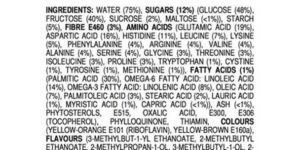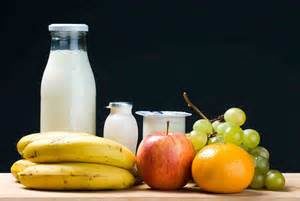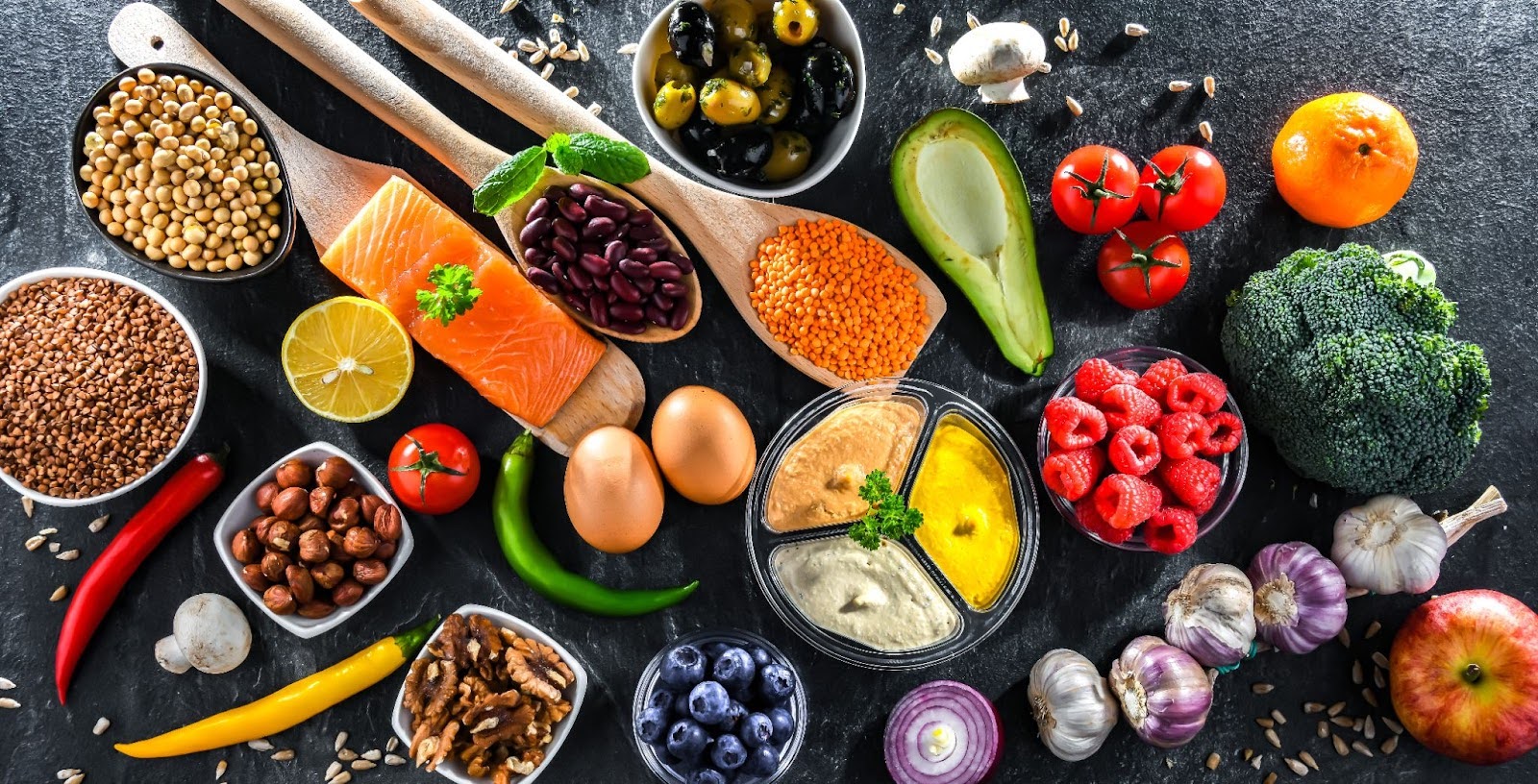
Recently, Cat and I did a vlog about the “no sugar diet.” I’ve decided to expand on that since it’s a hot topic lately. While this is wayyyyy less harmful than say an Atkins or Low Calorie plan, there are some things to be mindful of if you’re jumping on the latest diet train.
 First. I want you to get familiar with the new nutrient label concerning the sugar part and that sugar is a carbohydrate. So, when you read the nutrition label now you know why sugar is a subcategory underneath Carbohydrate. Fiber is under there too. Why I’m mentioning this is so that you can understand what category sugar falls under and if you want your carbohydrate to be mainly sugar or not and if you care. Fruit for example is chockfull of fructose but I truly want you to ignore the sugars/carbs that are in fruit and dairy if you don’t have a medical condition that states otherwise (i.e. Diabetes). Check out the new “added sugar” line item of the label. This will come in handy my friends. Not all labels have caught up yet.
First. I want you to get familiar with the new nutrient label concerning the sugar part and that sugar is a carbohydrate. So, when you read the nutrition label now you know why sugar is a subcategory underneath Carbohydrate. Fiber is under there too. Why I’m mentioning this is so that you can understand what category sugar falls under and if you want your carbohydrate to be mainly sugar or not and if you care. Fruit for example is chockfull of fructose but I truly want you to ignore the sugars/carbs that are in fruit and dairy if you don’t have a medical condition that states otherwise (i.e. Diabetes). Check out the new “added sugar” line item of the label. This will come in handy my friends. Not all labels have caught up yet.
 Second. If the added sugars are listed yet on the label go to the ingredient list. This will tell you what your product is mainly composed of in descending order of abundance.
Second. If the added sugars are listed yet on the label go to the ingredient list. This will tell you what your product is mainly composed of in descending order of abundance.
 Third. Know where naturally occurring sugars come from and ignore those (unless you have a medical condition that states otherwise). It’s simple Fruit and Dairy. Don’t worry so much about these sugars unless you’re drinking fruit juice. When fructose and lactose are in the whole food in its natural state, effect in the body is manageable due to the other components in the food (i.e. fiber in fruit, protein in dairy).
Third. Know where naturally occurring sugars come from and ignore those (unless you have a medical condition that states otherwise). It’s simple Fruit and Dairy. Don’t worry so much about these sugars unless you’re drinking fruit juice. When fructose and lactose are in the whole food in its natural state, effect in the body is manageable due to the other components in the food (i.e. fiber in fruit, protein in dairy).
Now, let’s figure out the limit per day of ADDED sugar grams, shall we?
- The AHA suggests an added-sugar limit of no more than 100 calories per day (about 6 teaspoons or 24 grams of sugar) for most women and no more than 150 calories per day (about 9 teaspoons or 36 grams of sugar) for most men. You can also stay below 10% of added sugars (if on a 2000kcal diet) daily if you like that math.
- There’s no nutritional need or benefit that comes from eating added sugar. A good rule of thumb is to avoid products that have a lot of added sugar, including skipping foods that list “sugar” as the first or second ingredient. However, the growing use of alternative sweeteners can make it difficult to determine which ingredients count as sugar, because there are multiple sources of sugar with different names.
Below are some other names for sugar that you may see on food labels:
- Brown sugar
• Corn sweetener
• Corn syrup
• Dextrose
• Fructose
• Fruit juice concentrates
• Glucose
• High-fructose corn syrup
• Honey
• Invert sugar
• Lactose
• Malt syrup
• Maltose
• Molasses
• Raw sugar
• Sucrose
• Syrup
The Problem With Sugar Overload

It seems logical that eating too much sugar isn’t healthy right? Here are the main reasons why we give a hoot:
- High intakes of added sugar have been linked to overweight and obesity, a lower intake of essential nutrients, increased triglyceride levels, hypertension, and inflammation (link to type 2 diabetes and Heart Disease). All of these are risk factors for cardiovascular disease, which is what the AHA scientific statement focuses on specifically.
- Too much added sugar in the diet can also “take up space,” leaving little room for healthy foods. People only have so many calories to consume each day, and if a lot of those calories come from added sugars or high-sugar/nutrient-poor foods, that means you have fewer opportunities for nutritious options like fruits, vegetables, whole grains, low-fat dairy foods, and lean sources of protein. Not gonna fight cancer when you replace your big salad with a Starbucks Caramel Frap.
Here’s where most of our added sugar is coming from:
- 27% from table sugar, jams, chocolate and sweets
- 25% from non-alcoholic drinks
- 20% from biscuits, buns, cakes, cereals
- 11% from alcoholic drinks
- 6% from dairy products
- 5% savory food such as stir-in sauces, ketchup, salad cream, ready meals, marinades, chutneys
Hopefully you feel more in tune with what added versus naturally occurring sugars are and you might get an itch to calculate even for a day how much added sugar you are consuming. Go ahead. Do it!
Toodles,
MJ
Resources:
http://www.today.com/health/4-rules-added-sugars-how-calculate-your-daily-limit-t34731
http://www.livestrong.com/article/285308-no-sugar-diet-plan/
http://www.nhs.uk/Livewell/Goodfood/Pages/Top-sources-of-added-sugar-in-our-diet.aspx
https://www.hsph.harvard.edu/nutritionsource/carbohydrates/added-sugar-in-the-diet/









Comments - 1